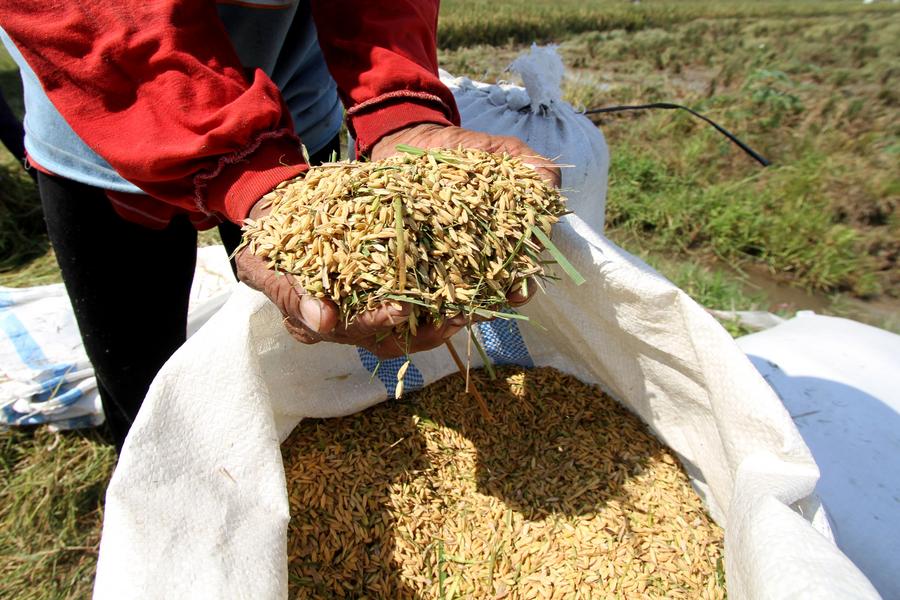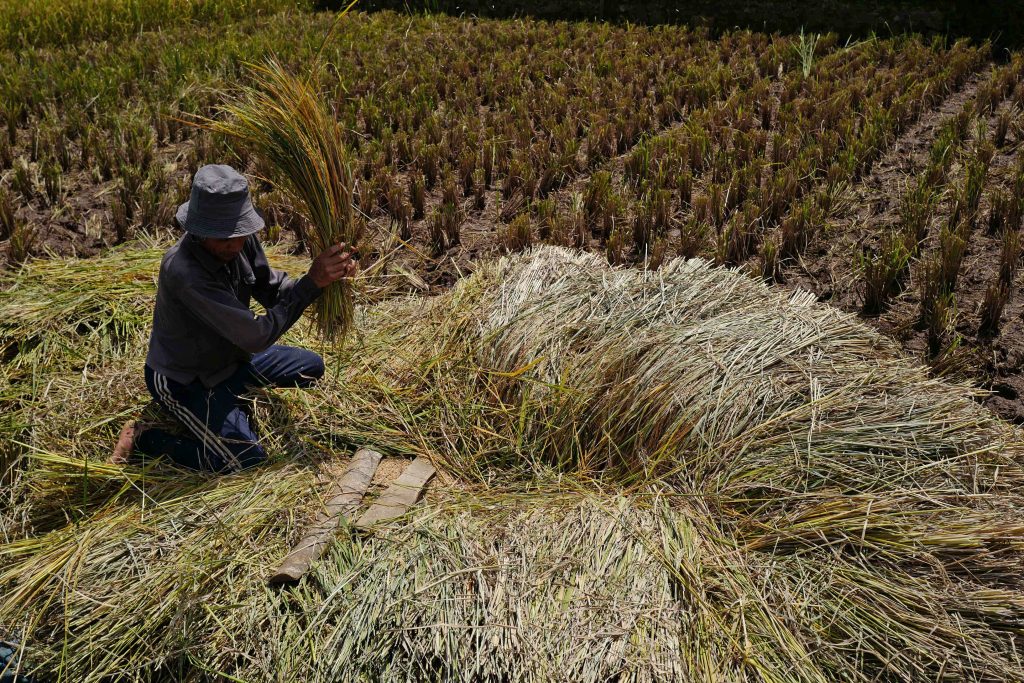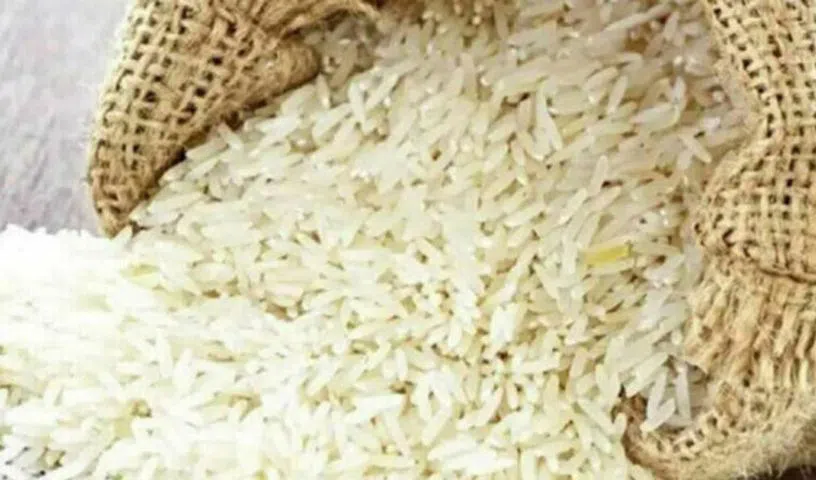Tags
India’s Rice Export Restrictions Affects Asia, Africa

FILE- Laborers stack rice in a private warehouse in Makhu, in the Indian state of Punjab, March 12, 2021. (AP Photo/Manish Swarup, File)
India’s decision to halt some rice exports to prevent high prices at home has had affects stretching across Asia to Africa, observers say.
Rice prices in Kenya, for example, jumped when Russia invaded Ukraine. Russia is a big producer of fertilizer. That problem combined with years of little rain in the Horn of Africa hurt East Africa’s rice production. Low-cost rice from India helped fill Africa’s needs, feeding hundreds of thousands of people who live in poor areas of Nairobi on less than $2 a day.
But the price of a 25-kilogram container of rice in Kenya has risen by more than 12 percent, or more than $14 since June. Importers there say they have not received shipments from India.
Fifty-one-year-old Francis Ndege has been selling rice to the poor in Nairobi for 30 years. He said, “I’m really hoping the imports keep coming.”
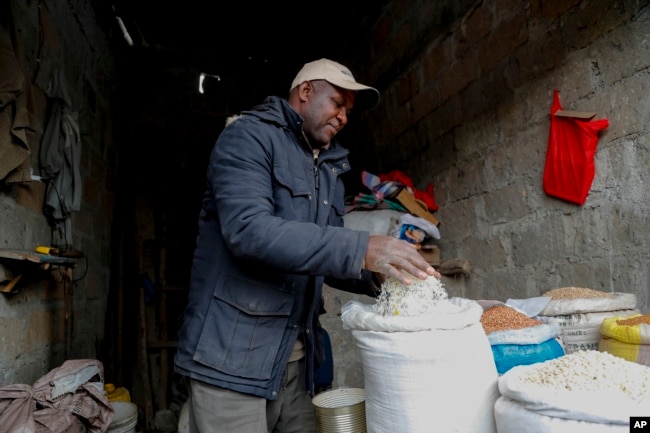
Cutting food exports is part of India’s effort to keep prices at home low to prevent widespread public anger at the government. The restrictions, however, take 9.5 million metric tons off the worldwide market. That is about a fifth of rice exports worldwide.
An inflection point
In addition to India’s moves, the Associated Press reports that Vietnam’s rice export prices have reached a 15 year high. And Russia, which had earlier agreed to permitted agricultural exports from Ukraine, withdrew a United Nations-supported deal last month.
Beau Damen works with natural resources in Bangkok for the U.N. Food and Agriculture Organization. He said the world is at an “inflection point.”
Even before India restricted rice exports, countries were buying rice with the expectation that supplies would soon be limited.
Some observers worry that other nations will follow India. The AP reports that the United Arab Emirates has suspended rice exports to preserve supplies although it is not a supplier. Other observers worry that bad weather will affect rice harvests. They are saying the El Niño ocean event could affect harvests in many countries.
El Niño is a warm southern Pacific Ocean current that affects weather across a large area of the world. It takes place regularly but is difficult to predict.
Rice demand in Africa growing
In Africa, rice consumption has been growing regularly. Most countries depend heavily on imports. Some African nations with growing populations are trying to grow their own rice. But the results have not been what some had hoped.
Amadou Khan is a 52-year-old unemployed father of five children in Dakar. He said his children eat rice with every meal except breakfast. He said his family is “just getting by.”
Seventy percent of Senegal’s imported rice comes from India, but it is now too costly. So, Khan is buying rice grown at home which is two-thirds the price.
Senegal’s agriculture ministry said more than half of the country’s demand is grown locally. The ministry said Senegal is not “far from being self-sufficient.”
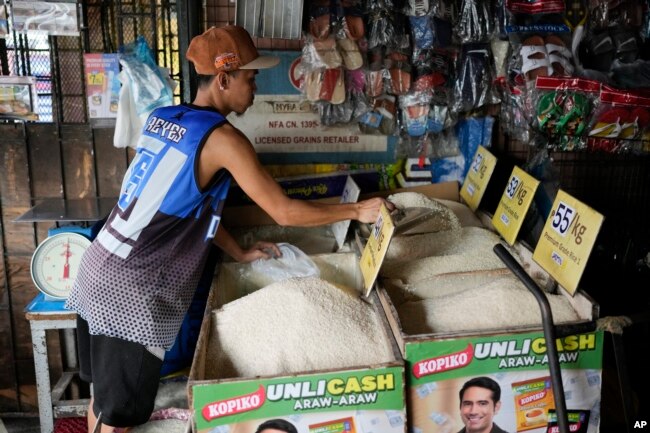
Asian countries grow and use 90 percent of the world’s rice. But even in Asia, some countries are struggling. The Philippines, for example, had an estimated 22 percent of its yearly production damaged by Typhoon Doksuri. The U.S. Department of Agriculture says the Philippines is the second largest rice importer after China.
‘No one wants to take the risk’
India’s export restrictions and production problems blamed on the weather there make it an undependable export partner. That is what Ashok Gulati of the Indian Council for Research and International Economic relations said. He added, “That’s not good for the export business because it takes years to develop these markets.”
Vietnam hopes to make gains during the current market movements. With prices high, it hopes to increase production. The Agriculture Ministry also wants to use more land in the Mekong Delta to grow rice. The Philippines is negotiating with Vietnam to get favorable prices. Vietnam also wants to target Britain, which gets rice from India.
Thailand is another big rice producer. The government expects to export more rice this year than last. Exports in the first six months of 2023 were 15 percent higher than the same period last year.
But the situation in India has farmers and traders worried. Charoen Laothamatas is president of the Thai Rice Exporters Association. He said farmers are raising prices for unmilled rice and mill operators, who process the rice, are unwilling to sell it. The millers want to get the best price under current market conditions.
Lack of clarity about supplies leaves exporters unsure about prices and leads to an unwillingness to sell.
As a result, Laothamatas noted, “No one wants to take the risk.”
I’m Dorothy Gundy. And I’m Mario Ritter, Jr.
Mario Ritter, Jr. adapted this Associated Press report for VOA Learning English.
https://learningenglish.voanews.com/a/india-s-rice-export-restrictions-affects-asia-africa/7237971.htmlPublished Date: August 28, 2023





